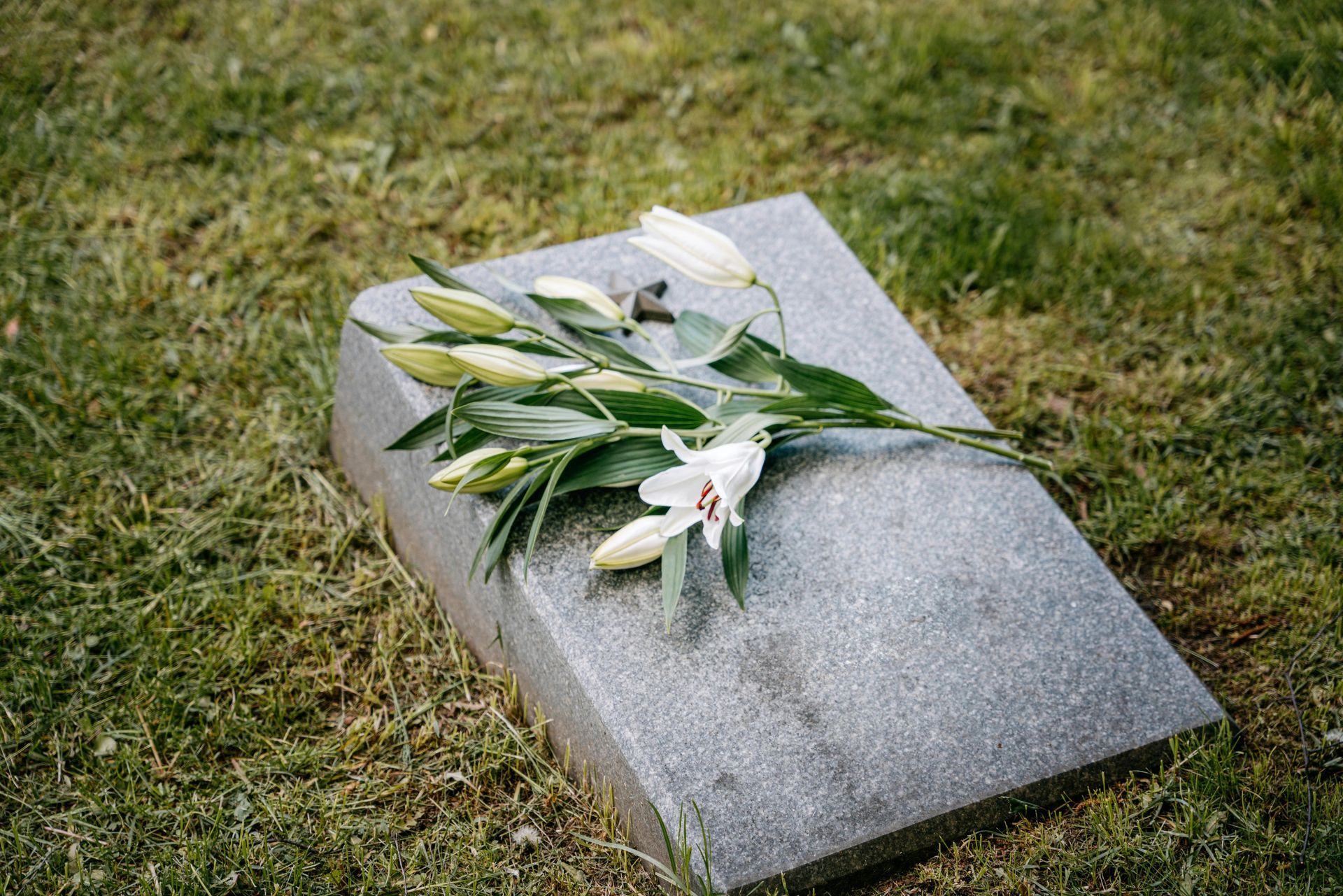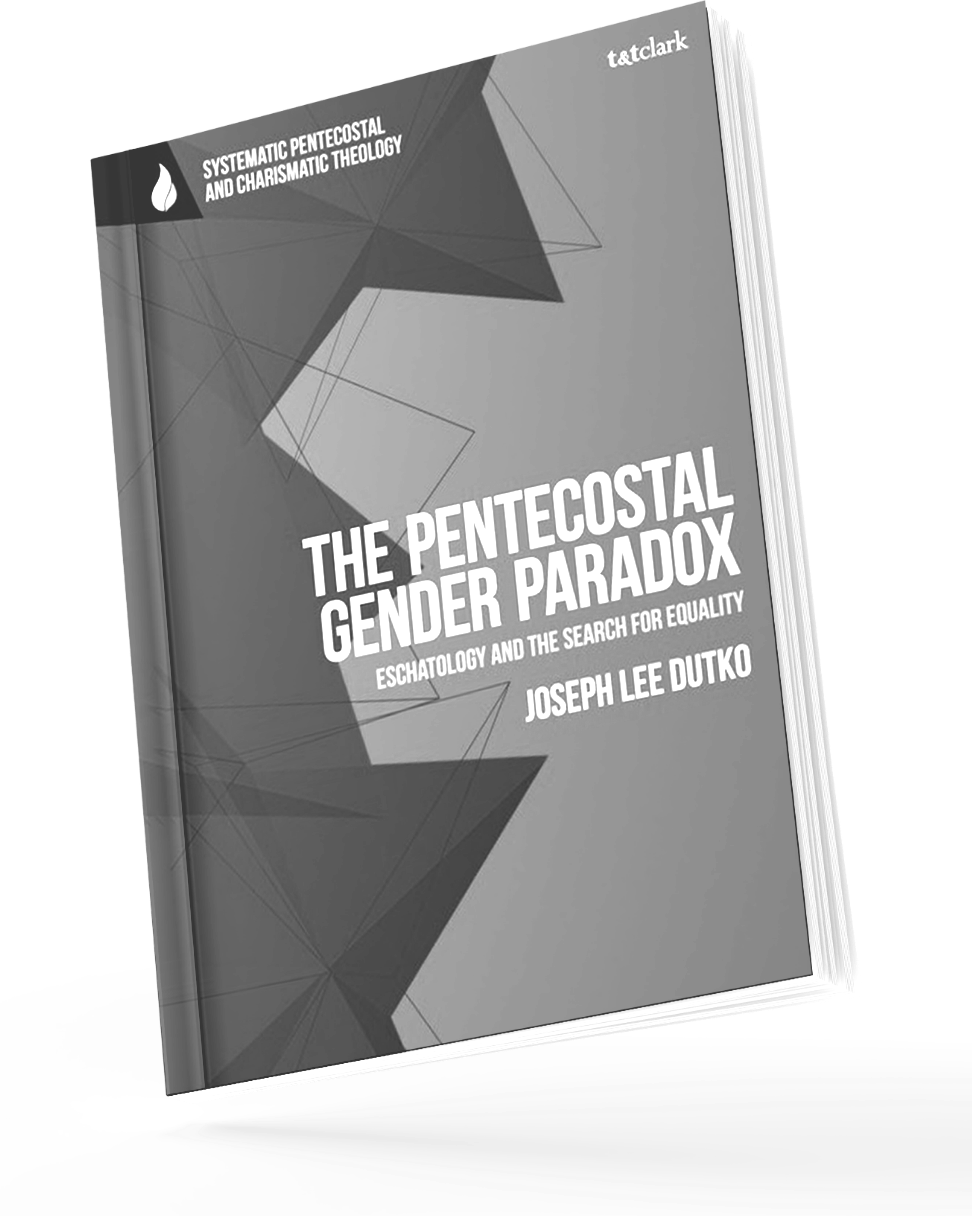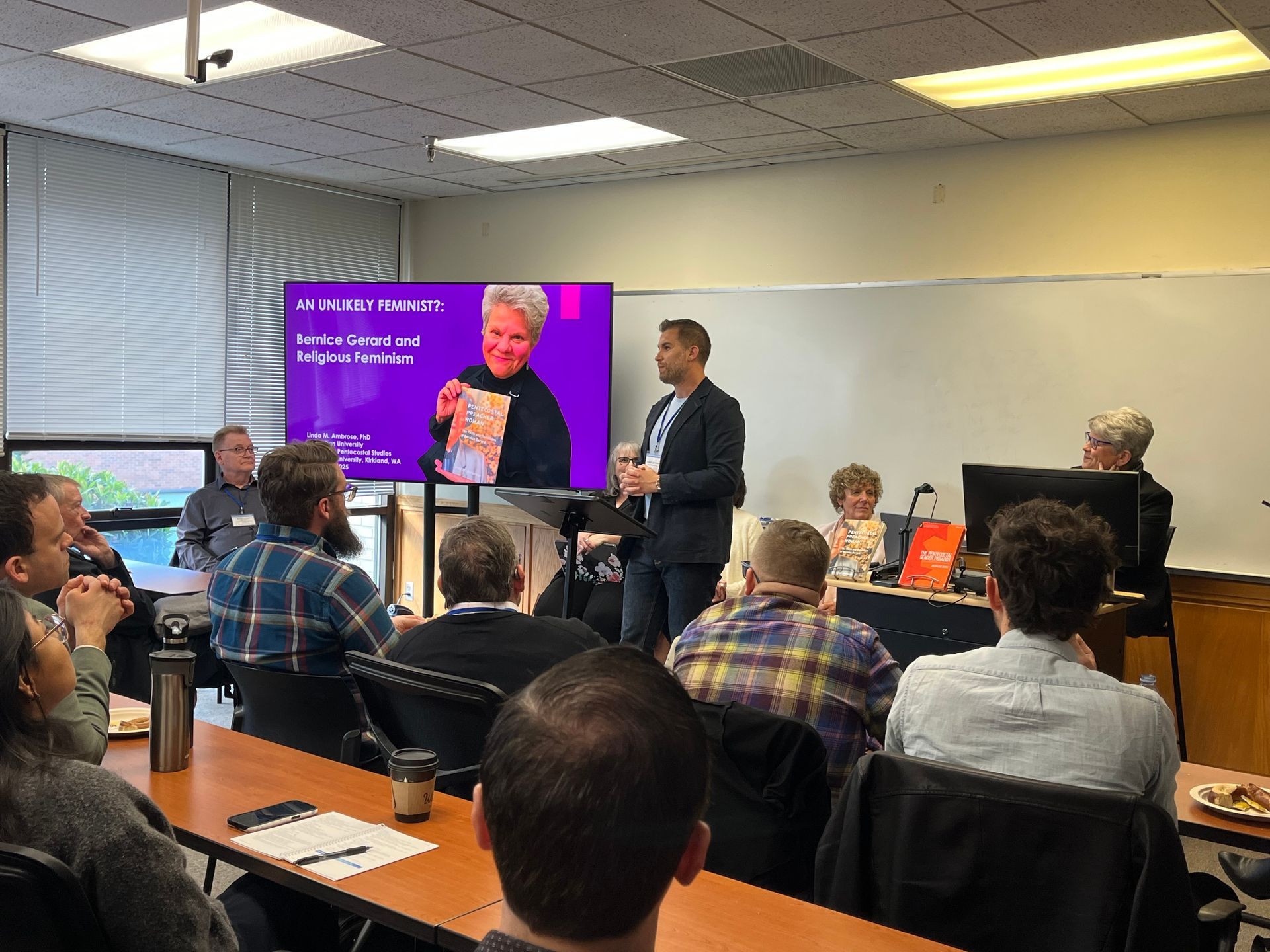Church Staff Meetings: Outline, Best Practices, and Suggestions
The Weekly Staff Meeting Communicates a lot About Your Church's Values
When we accepted our first Lead Pastor position nearly 10 years ago, I had no idea how to run a staff meeting well (see suggestions below for how to prepare future leaders for this).
Some of my previous experiences were in slightly dysfunctional environments where staff meetings were often tense, and staff frequently left discouraged. I often needed to take a long walk after those meetings (to keep from resigning!).
Fortunately, when we started at our current church we didn't need to know how to lead meetings as the church was small and Hannah and I were the only staff; there wasn't even a receptionist or assistant. Therefore, those early "staff meetings" were me and Hannah brainstorming in our kitchen or living room!
But in subsequent years the church grew immensely and staff meetings have consisted of 4-7 people. So . . .
Here's 7 Best Practices or Suggestions for Church Staff Meetings (followed by a sample outline):
1. Begin in prayer and Scripture/devotional, but consider doing so separately.
Here's what I mean: you don't want your staff meetings to feel too long (see below). But if your devotional/prayer time takes 30 minutes around the meeting table, it's going to feel long; you're 30 minutes in and haven't even "started" the agenda.
At the same time, praying together as a team and sharing what the Lord is teaching/saying is essential, and you certainly want to go into staff meetings close to the Lord's heart and feeling encouraged.
So here's what we do: we separate our staff prayer time from the actual staff meeting by being together in the sanctuary for prayer for 30 minutes before our meeting.
The first 20 minutes or so are individual prayer as there's value in just being in there together, particularly in the space where we worship and lead people. Some people walk around, some lie on their face, some journal, some read, some cry and groan in the Spirit, whatever works!
Then we gather together in a circle for the final 10 minutes and pray with a particular focus or for particular needs, as well as for our meeting that day.
There's then a 5-10 minute break to do whatever you need before we gather at the staff table for the actual meeting.
Once a month we begin our staff meeting discussing a pre-assigned reading for professional development, either from a book or ministry website/magazine.
2. Rotate the Chair! (the person who leads the meeting)
The reason I had no idea how to lead a staff meeting is because I was never given a chance in my previous 10+ years on church staffs. The meetings were dominated by the Sr./Lead pastor.
A way to reflect an egalitarian church and shared leadership values is to rotate who leads the staff meetings. This gives everyone a sense of responsibility for preparing and for keeping the meeting moving along.
The person assigned to lead the meeting is also the person who leads the prayer time mentioned above.
How do you do this without adding extra administrative burden on yourself to organize who's leading?
We set up the rotation in our staff google calendar so that it's automated. For example, if you have 4 staff members you simply set up each person on an "every 4 weeks" recurring event on the day and time you meet as a staff.
That way no one needs to be reminded as it's always on the calendar.
3. Determine a definitive end time.
Staff need to know and have confidence that the meeting will end by a certain time so they can confidently plan the rest of their day, schedule other meetings, etc. (and not get too hungry!).
For example, we meet for prayer from 10-10:30, begin our staff meeting at 10:40, and have a set end time of 12:30.
We're usually done before then, but it's nice for staff not to have to panic that a meeting will go until 1pm when they have other things to do.
Having an end time will also keep you on task and disciplined, knowing you don't have unlimited time.
4. Not to too long but not too short.
Unnecessarily long meetings are the worst, but so are unnecessarily short meetings dominated by one person where no healthy discussions, dialogues, or even disagreements take place. Too short of a meeting may be a sign that staff don't feel comfortable sharing their thoughts and opinions.
5. Only Discuss Agenda Items that Involve More Than Two People.
You've probably been in a meeting where a discussion breaks out between two people that has absolutely nothing to do with you or the entire team, and so perhaps you start answering some emails!
Most discussions for staff meetings should involve more than two people. If it's just between two staff members, they should meet together afterwards in order to keep the staff meeting moving along.
6. Use a Notes System to Avoid Lengthy Reports About People or Pastoral Care Issues.
Every Tuesday morning well before our staff meeting, all staff receive an electronic report where pastors have inputted all their updates and notes about what's happening in the lives of congregants so that we're all up to speed.
When a church gets beyond 100 or so people, it's simply not possible to discuss in a staff meeting all the pastoral care situations that need to be addressed. But a notes system still allows everyone to know what's going on and care well for people.
Your Church Managements System (ChMS) such as Planning Center or Elvanto/tithe.ly will have a built-in program for this.
7. Laugh as much as you can.
Some of our best moments together as a team have been in staff meetings!
If meetings are delayed by unnecessarily lengthy chatter, that's bad; if they're delayed by uncontrollable laughter, that's good!
Here's a sample outline:
Oceanside Weekly Staff Meeting Agenda
Devotional/Prayer (if no Tuesday Prayer)
(First Tuesday of the month book discussion)
Last Week Ministry Events/Sunday: Sunday, Kids/Youth, etc.
What went well (celebrations)?
What can we improve and issues arising (what didn’t work, what was missing or confusing)?
Staff (optional): One noteworthy report/news/update (Life
Groups, Family Ministry, etc.)
This Sunday/Week
Message (team brainstorming) & Scripture
Songs
Announcements
Segments
Media/Social Media (slides, videos, reels, e-news/website items)
Other Events This Week / Staff Schedules
People: Visitors/Newbies/Things to Know
New People/Connect Cards
Contact Assignments (this week and last)
People/Pastoral Care Issues (and People Missing)
Action Assignments (this week and last): cards, calls, visits, etc.
Facility/Setup Items & Issues
Other Items (New Business)
Calendar/Brainstorming/Thinking Ahead
Faith Goals & Long-Term Planning
NEWSLETTER SIGNUP (blog post layout)
ABOUT JOSEPH
Pastor, Author, and sometimes pretends to be a Scholar
Joseph (PhD, University of Birmingham) is the author of The Pentecostal Gender Paradox: Eschatology and the Search for Equality.
Since 2015, he and his wife have together pastored Oceanside Community Church on Vancouver Island, where they live with their four children.










